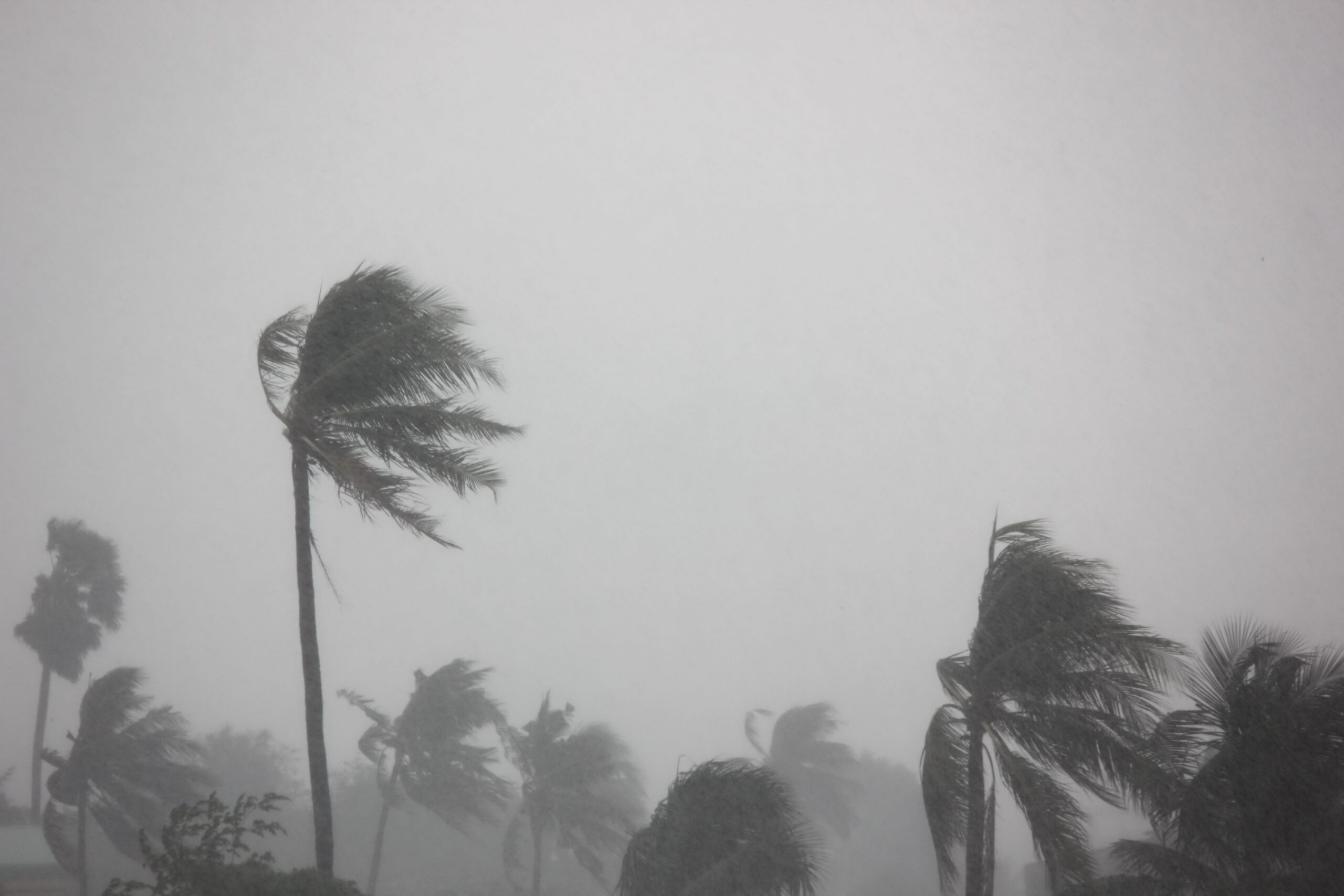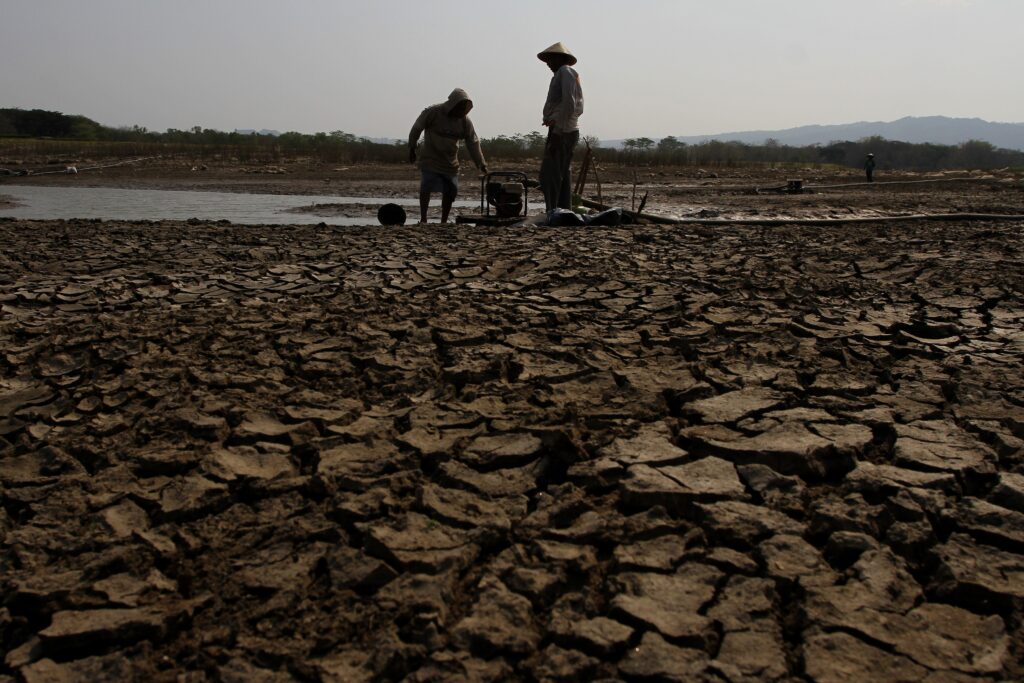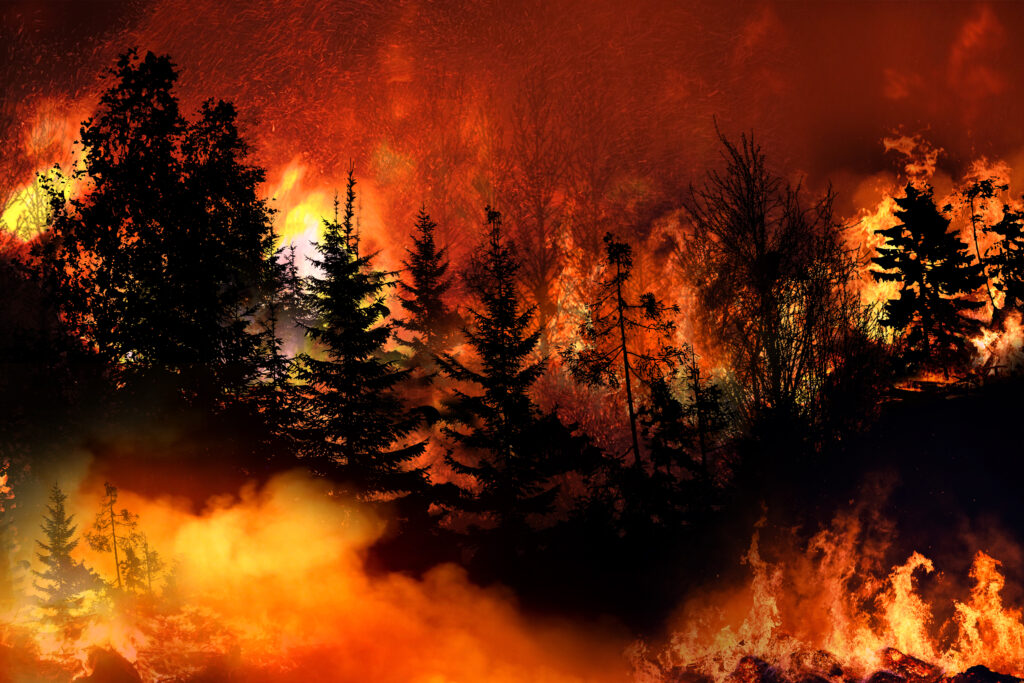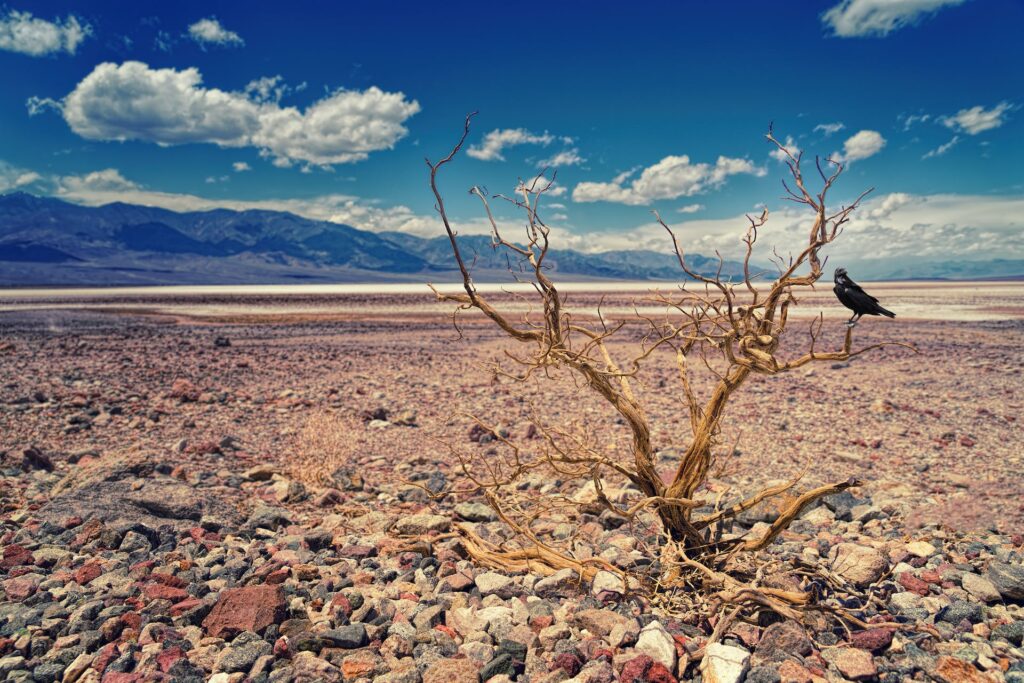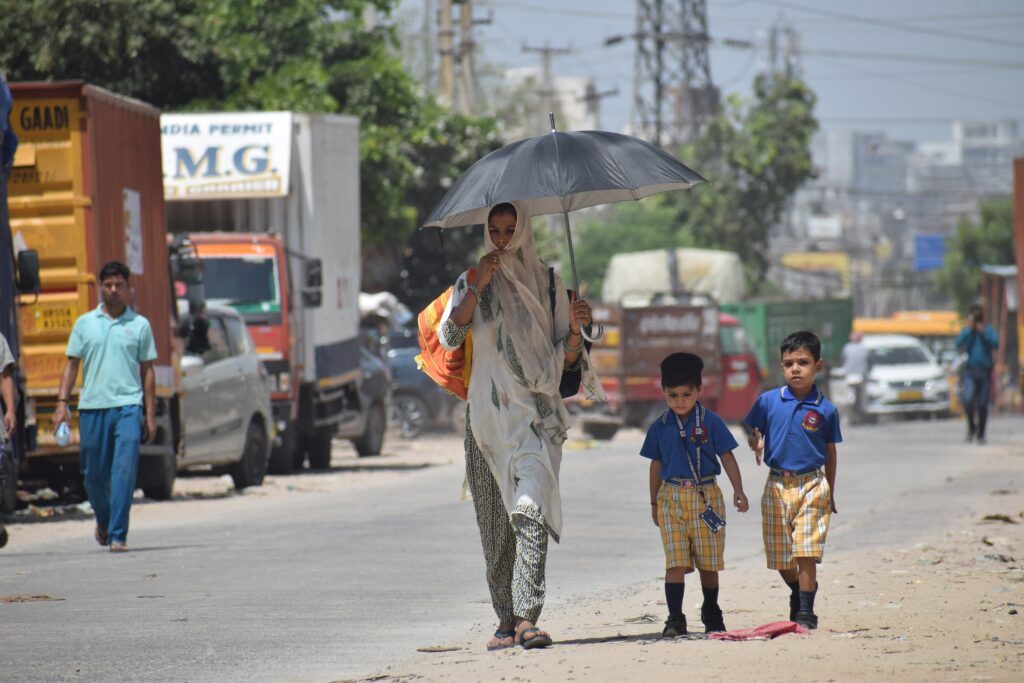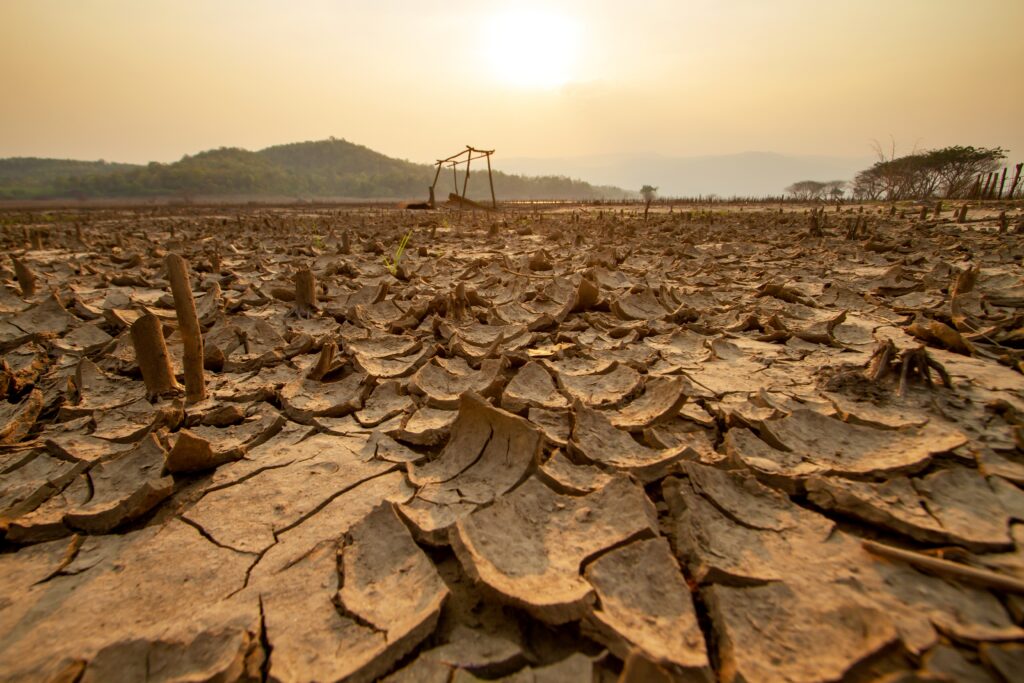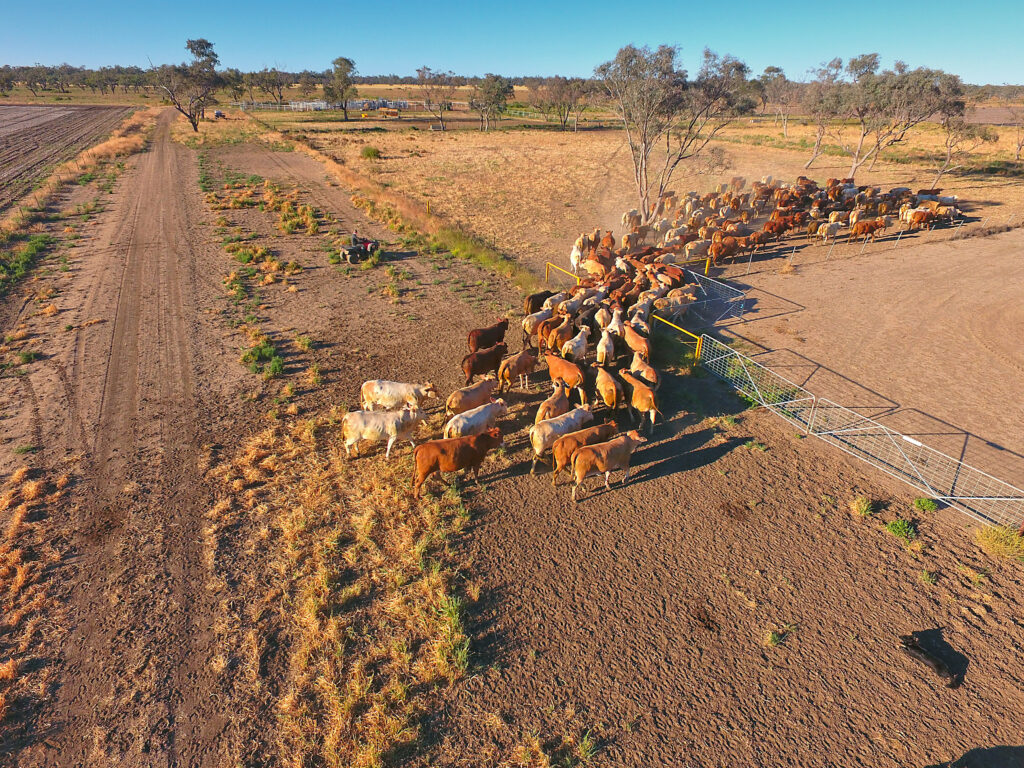Cyclone Biparjoy, which struck western India in June 2023, caused extensive economic and social damage in the country. The severe storm affected India’s state of Gujarat and the city of Karachi in Pakistan, unleashing heavy rains, thunderstorms and high tidal waves.
With wind gusts of 115-125 km/h in Gujarat coast, the storm ripped up trees and blew roofs off houses. It knocked down many electricity poles, leaving hundreds of villages in Saurashtra and Kutch coasts without power supply.
Ahead of the very severe cyclonic storm, authorities across both countries evacuated more than 180,000 people from coastal areas. But, the storm still managed to kill several people and injure dozens.
In Gujarat, a wall collapse killed three, while a flooded area swept away a father and son as they attempted to save their livestock. Cyclone Biparjoy’s impact was felt as far away as Mumbai, which witnessed giant tides. Meanwhile, rough seas killed four people.
Warming Waters Fuelled Cyclone Biparjoy in India
While cyclones are not uncommon in India, they are rare in the Arabian Sea on the country’s west coast. They tend to occur more frequently on the east coast.
A study found that the frequency and duration of cyclonic storms over the Arabian Sea have increased by 52% and 80%, respectively, from 2001 to 2019. The study, published in Climate Dynamics, covered the period from 1982–2019.
Cyclone Biparjoy, for example, stirred in the Arabian Sea for 10 days before hitting land on June 14. This made it the longest-lasting cyclone to strike this region in recent decades.
Scientists believe that the unusually warm waters helped fuel Cyclone Biparjoy’s rapid intensification twice in its lifetime.
Dr. Roxy Mathew Koll, a climate scientist at the Indian Institute of Tropical Meteorology, said that sea surface temperatures in the Arabian Sea were 30°C to 32°C in early June.
“These high temperatures play a very important role in the intensification of cyclonic storms as they infuse more convection. This kind of rapid intensification has become frequent recently both in the Arabian Sea as well as in the Bay of Bengal,” said Dr. Koll.
Extremely Severe Cyclonic Storm Biparjoy Developed in One Day in Arabian Sea
Another impact of climate change on Cyclone Biparjoy is that it took only one day for the swirling motion of winds to turn into a cyclonic storm, an analysis by Climate Trends found.
“Cyclones have been intensifying at a faster pace in the recent past. The reason behind this is not just an increase in the sea-surface temperatures but also rising ocean heat content,” Dr M M Ali, meteorologist and oceanologist at the Andhra Pradesh State Disaster Management Authority, said in the report.
“Earlier, the system used to take two to three days before forming into a tropical storm but nowadays, it changes from a depression into a cyclonic storm in just a day,” said Dr. Ali, who is also the group director for atmosphere at the Indian Space Research Organisation.
Sea surface temperature is a strong indicator of global climate change. It is usually measured using thermal infrared bands from optical satellites.
On the other hand, ocean heat content is the amount of heat energy stored by the oceans. The increase in such heat contributes to sea level rise, ocean heat waves, coral bleaching and the melting of glaciers.
Rising Ocean Heat to Increase Severe Cyclonic Storms
Both sea surface temperatures and ocean heat content are likely to increase in the future, the IPCC has predicted. This trend could trigger more cyclones.
“Cyclones follow ocean heat content and track where it is more,” said Dr. Ali. “It is quite evident from research that ocean heat content is changing because of climate change,” he added.
Human-induced climate change is a serious threat to the Indian coasts on either side, where tens of millions of people live. Tropical cyclones have already cost more than half a million lives across the world in the last five decades.
India, with its long coastline of 8,041 km, is exposed to nearly 10% of the world’s tropical cyclones. Over 75% of global tropical cyclones causing 5,000 or more human deaths have occurred over the North Indian Ocean during the past 300 years.
With global ocean surface temperature recently hitting a record high, cyclonic activity over the Arabian Sea will continue to increase. “As long as oceans are warm and winds are favourable,” said Dr. Knoll, “cyclones will retain their intensity for a longer period.”
Heba Hashem
Journalist, Dubai
Heba is an Arabic and English-speaking freelance journalist based between the United Arab Emirates and Canada. She covers stories about business, renewable energy, climate change, finance, technology, real estate, food production, lifestyle and arts and culture.
Heba is an Arabic and English-speaking freelance journalist based between the United Arab Emirates and Canada. She covers stories about business, renewable energy, climate change, finance, technology, real estate, food production, lifestyle and arts and culture.

